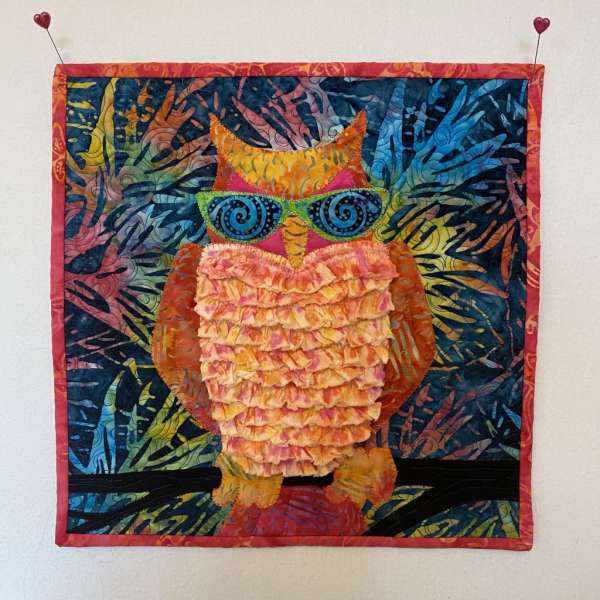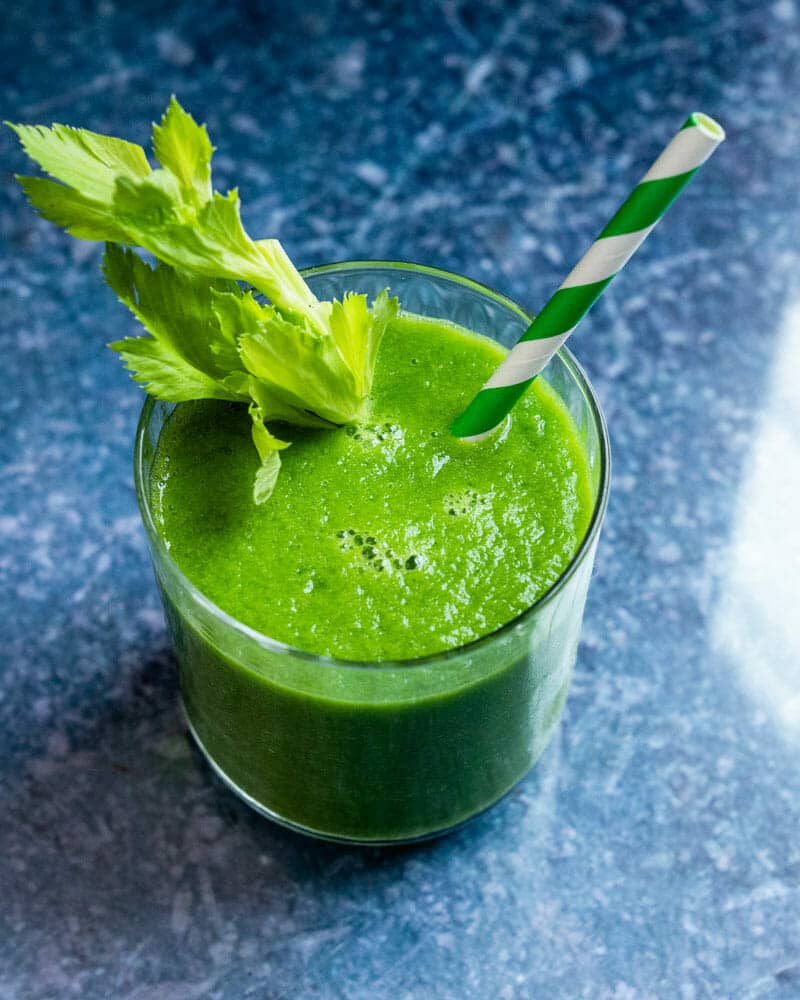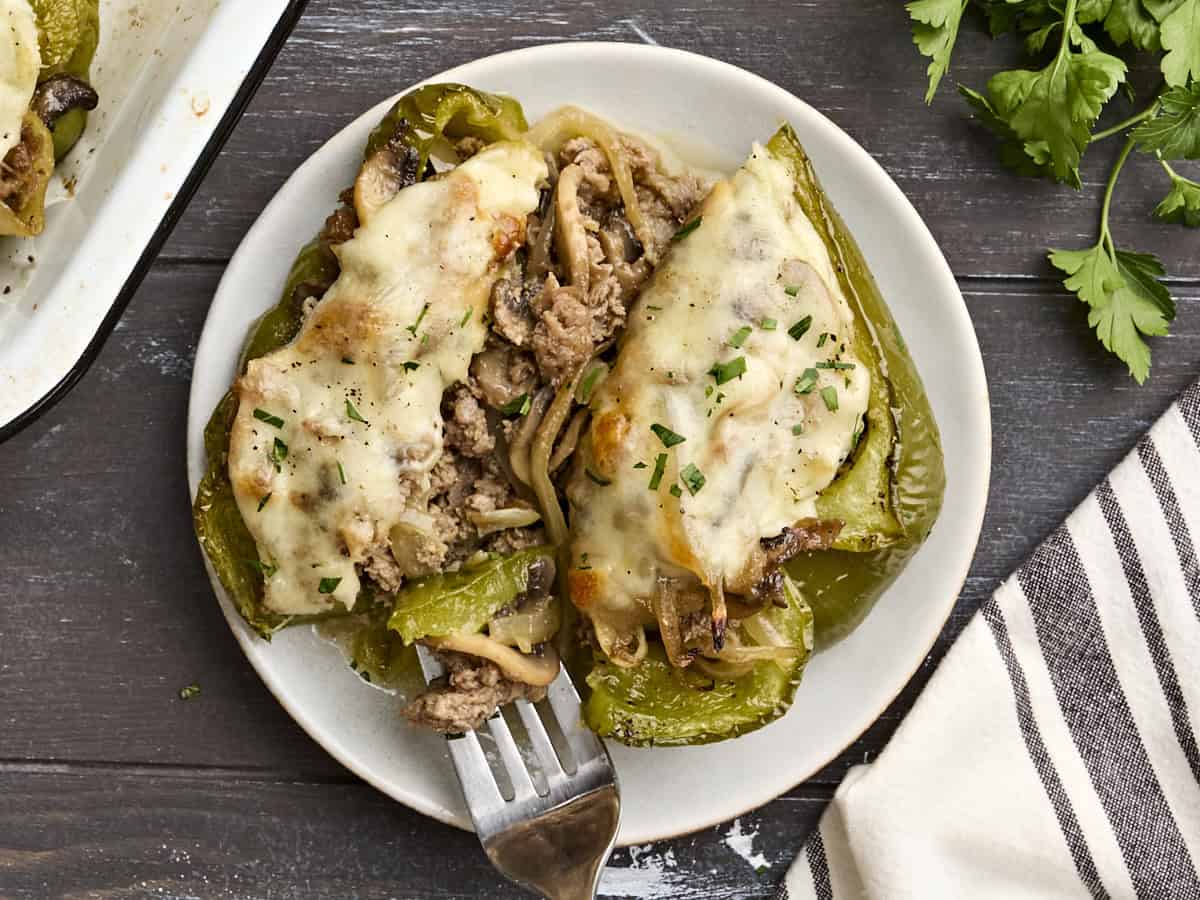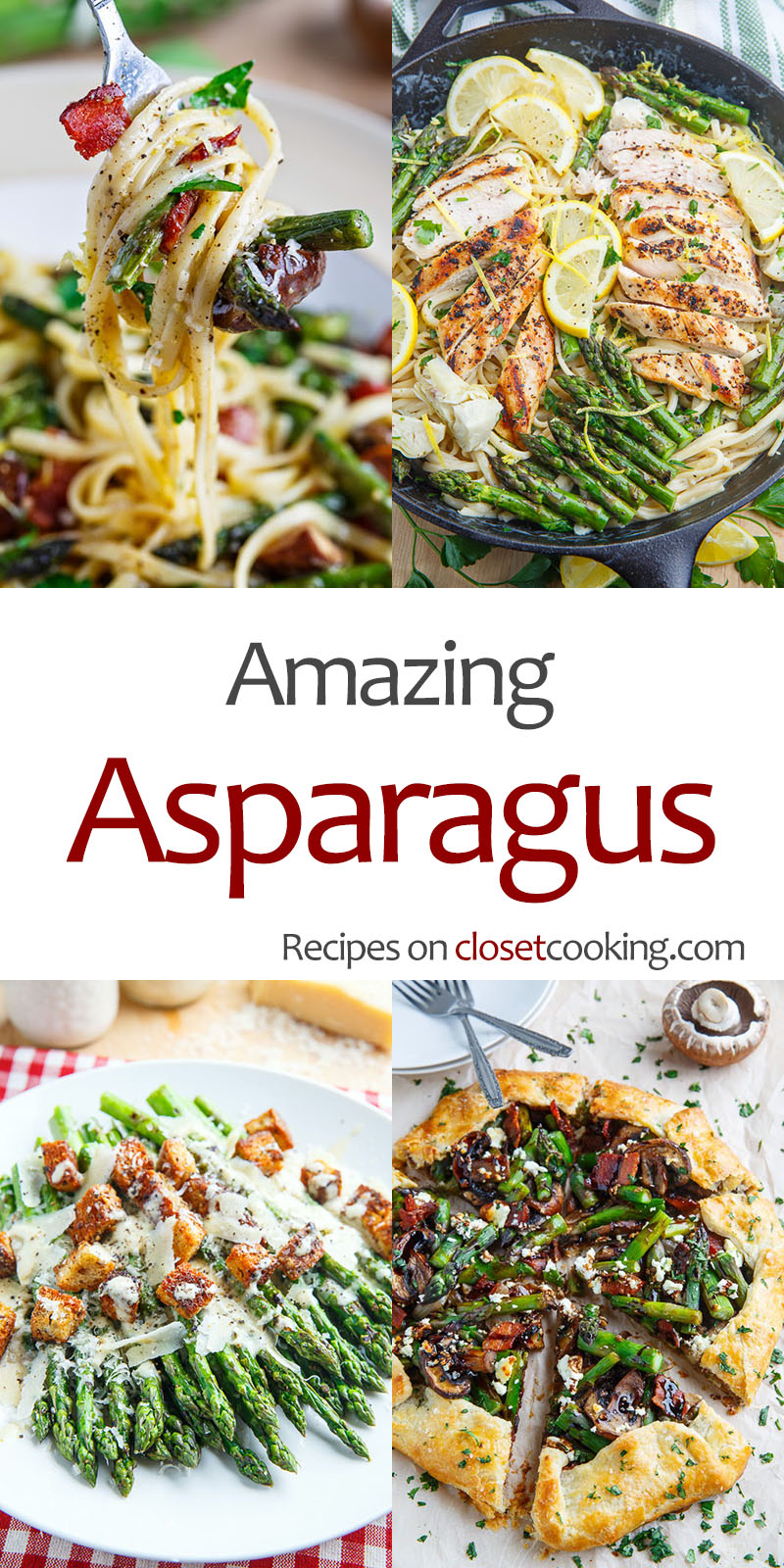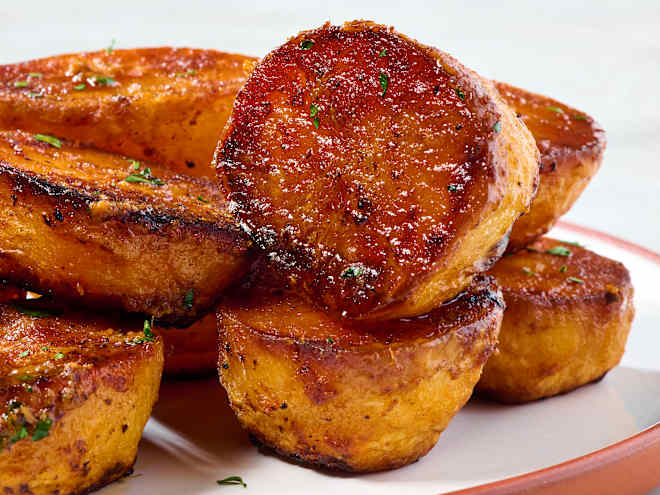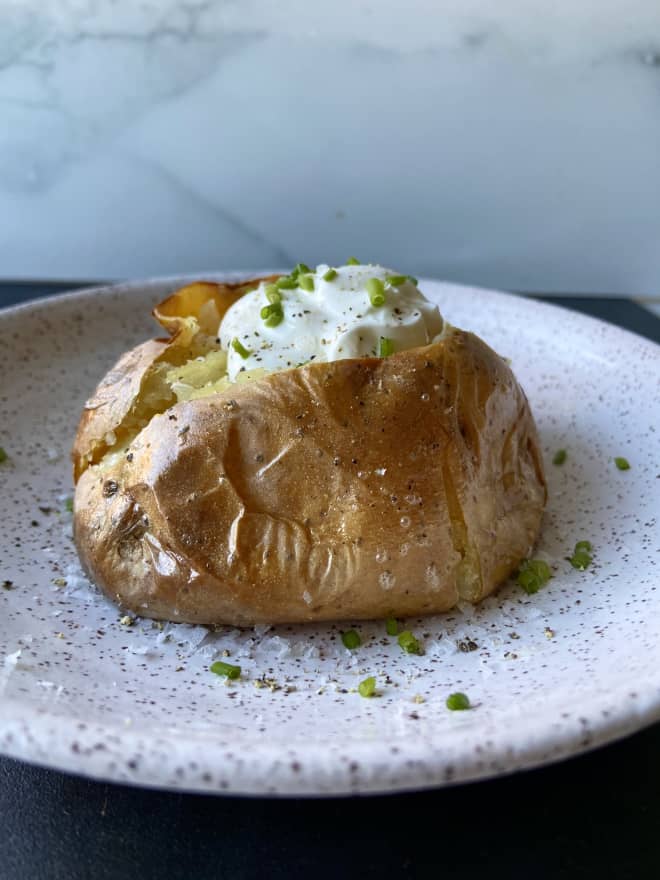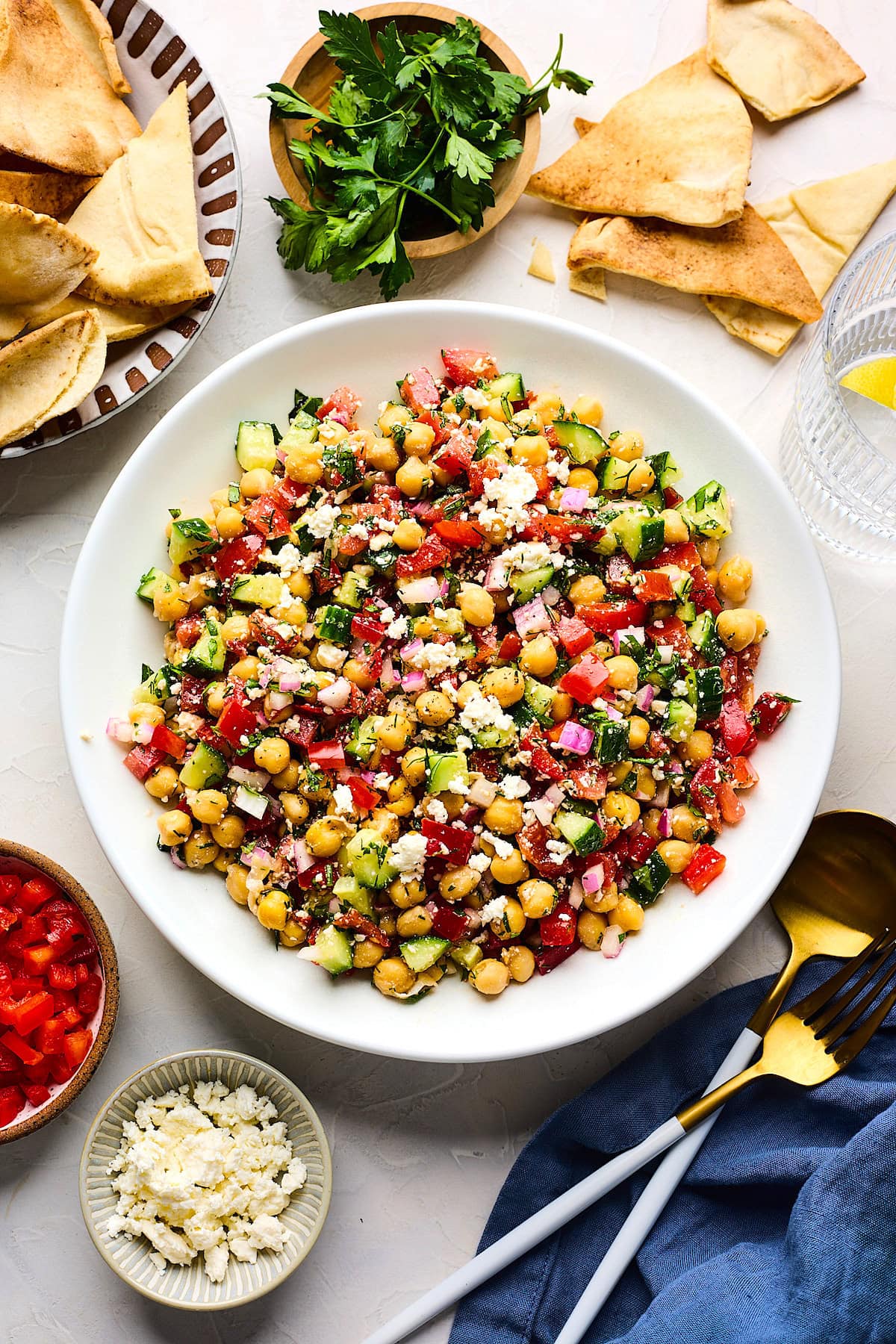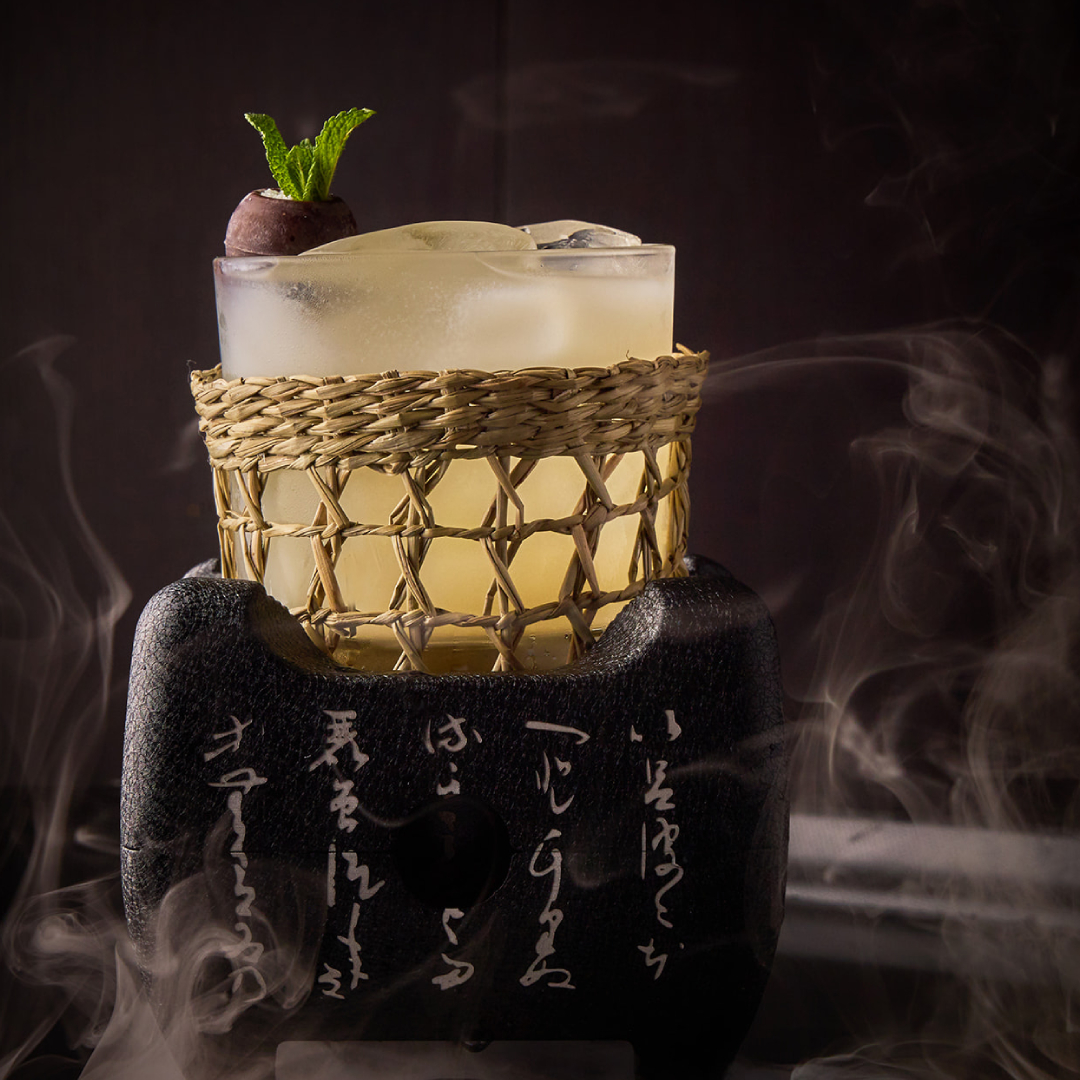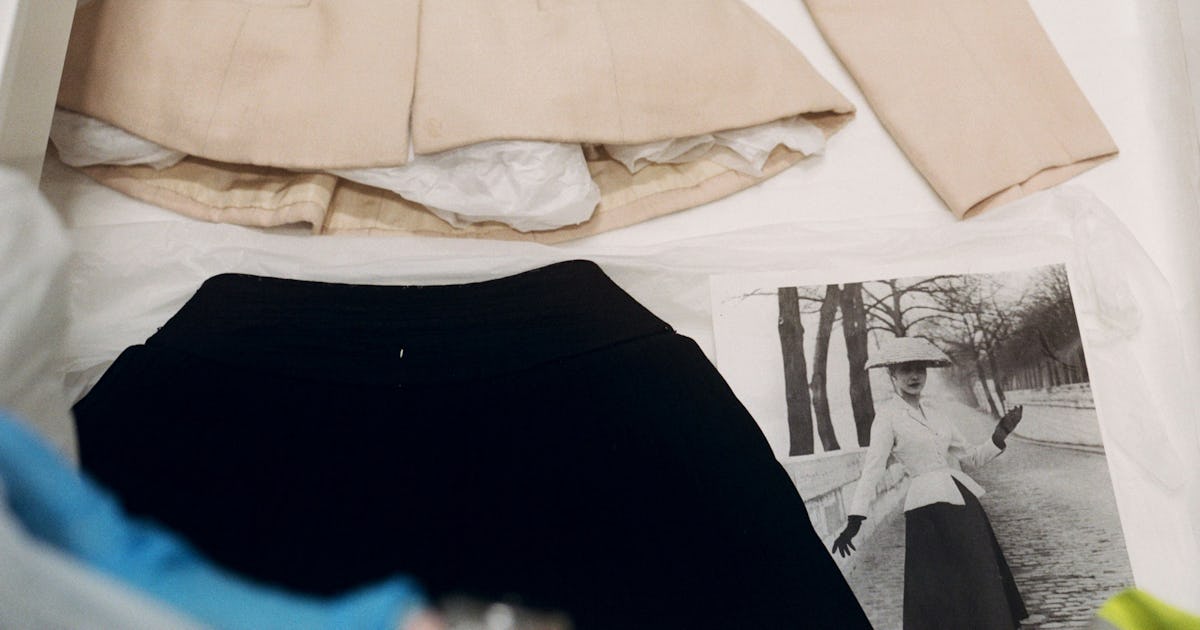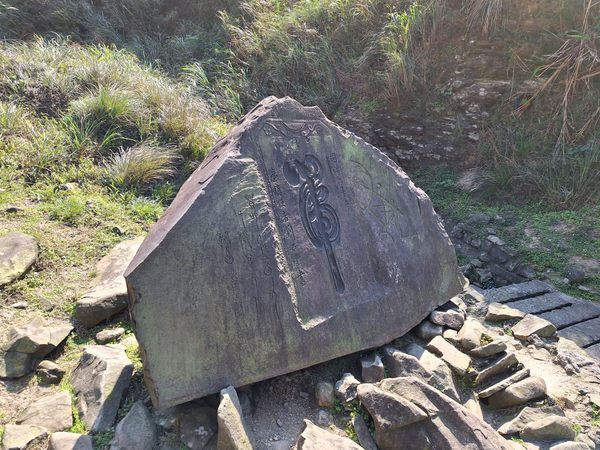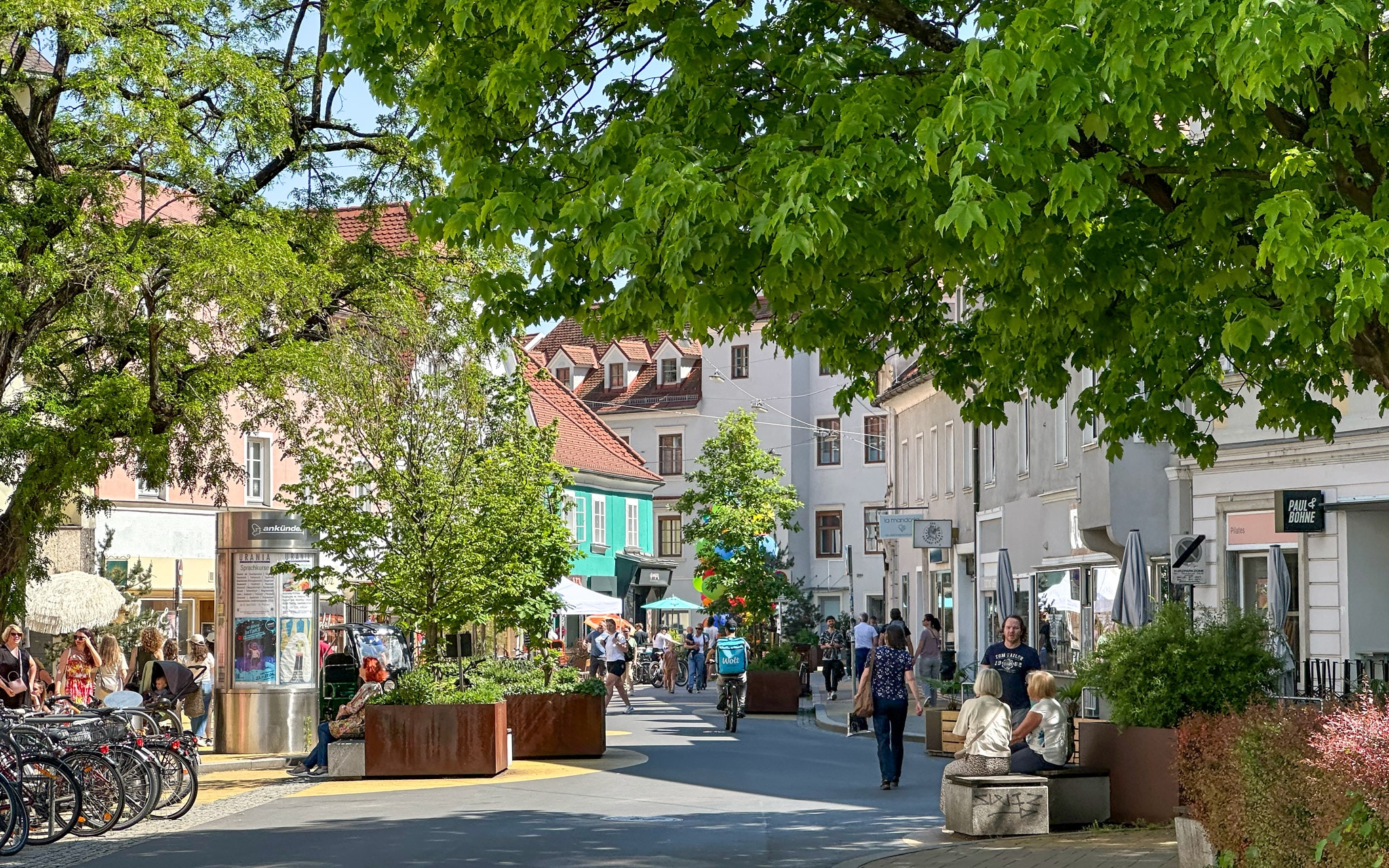Piatto Romano in Rome, Italy
The Testaccio neighborhood remains one of the city’s most food-centric quarters, home to Rome’s most interesting market, Mercato Testaccio, as well as old-school pasticcerias and some great trattorias. An ancient Roman center of olive oil trade, more recently this formerly blue collar neighborhood has been defined by its Mattatoio, or slaughterhouse. Although the Mattatoio was moved out of town in 1975, Testaccio is still the epicenter of a subtype of Roman cuisine based on quinto quarto (literally “fifth quarter”), a polite term for offal. While the animal’s noble parts went to the Vatican, variety meats were often given as payment in kind to the vaccinari (slaughterhouse workers) who sold them to the neighborhood trattorie. Hankering for pajata (suckling calf’s intestines) or coratella (lamb innards) updated with cheffy flair? Book ahead at this convivial neo-trattoria run by Andrea D’Alfonsi, the generous host who founded the place about 15 years ago and still treats his guests, whether Roman or foreign, like regulars. Once a bastion of straightforward Roman cucina, the place got a delicious refresh with the arrival of a gifted young chef Umberto Mussato, veteran of such fine dining temples as Venissa in Veneto. In addition to classic primi like rigatoni with pajata, Mussato might serve tagliolini with fermented black garlic from Voghiera or with a sauce of aromatic cruschi chiles from Basilicata. Quinto quarto? Think nervetti (strips of chewy calf’s foot tendons) laced with grapefruit and apple, creamy sweetbreads in a buttery French-inspired meunière sauce, or kidneys with cherries and spiced hazelnuts. But Piatto Romano is equally famous for its terrific contorni (vegetable side dishes) with wild foraged greens like mustard, nettles, mallow, or poppy leaves. Make sure to order the gorgeous salad of wild misticanza (mixed greens) veiled in a puckery dressing of anchovy, sumac, and lemon. “What’s great food if we don’t deliver perfect nutrition and sustainability?” D’Alfonso likes to muse philosophically.


The Testaccio neighborhood remains one of the city’s most food-centric quarters, home to Rome’s most interesting market, Mercato Testaccio, as well as old-school pasticcerias and some great trattorias. An ancient Roman center of olive oil trade, more recently this formerly blue collar neighborhood has been defined by its Mattatoio, or slaughterhouse.
Although the Mattatoio was moved out of town in 1975, Testaccio is still the epicenter of a subtype of Roman cuisine based on quinto quarto (literally “fifth quarter”), a polite term for offal. While the animal’s noble parts went to the Vatican, variety meats were often given as payment in kind to the vaccinari (slaughterhouse workers) who sold them to the neighborhood trattorie.
Hankering for pajata (suckling calf’s intestines) or coratella (lamb innards) updated with cheffy flair? Book ahead at this convivial neo-trattoria run by Andrea D’Alfonsi, the generous host who founded the place about 15 years ago and still treats his guests, whether Roman or foreign, like regulars.
Once a bastion of straightforward Roman cucina, the place got a delicious refresh with the arrival of a gifted young chef Umberto Mussato, veteran of such fine dining temples as Venissa in Veneto. In addition to classic primi like rigatoni with pajata, Mussato might serve tagliolini with fermented black garlic from Voghiera or with a sauce of aromatic cruschi chiles from Basilicata. Quinto quarto? Think nervetti (strips of chewy calf’s foot tendons) laced with grapefruit and apple, creamy sweetbreads in a buttery French-inspired meunière sauce, or kidneys with cherries and spiced hazelnuts.
But Piatto Romano is equally famous for its terrific contorni (vegetable side dishes) with wild foraged greens like mustard, nettles, mallow, or poppy leaves. Make sure to order the gorgeous salad of wild misticanza (mixed greens) veiled in a puckery dressing of anchovy, sumac, and lemon. “What’s great food if we don’t deliver perfect nutrition and sustainability?” D’Alfonso likes to muse philosophically.




























































.png?width=1920&height=1920&fit=bounds&quality=70&format=jpg&auto=webp#)































